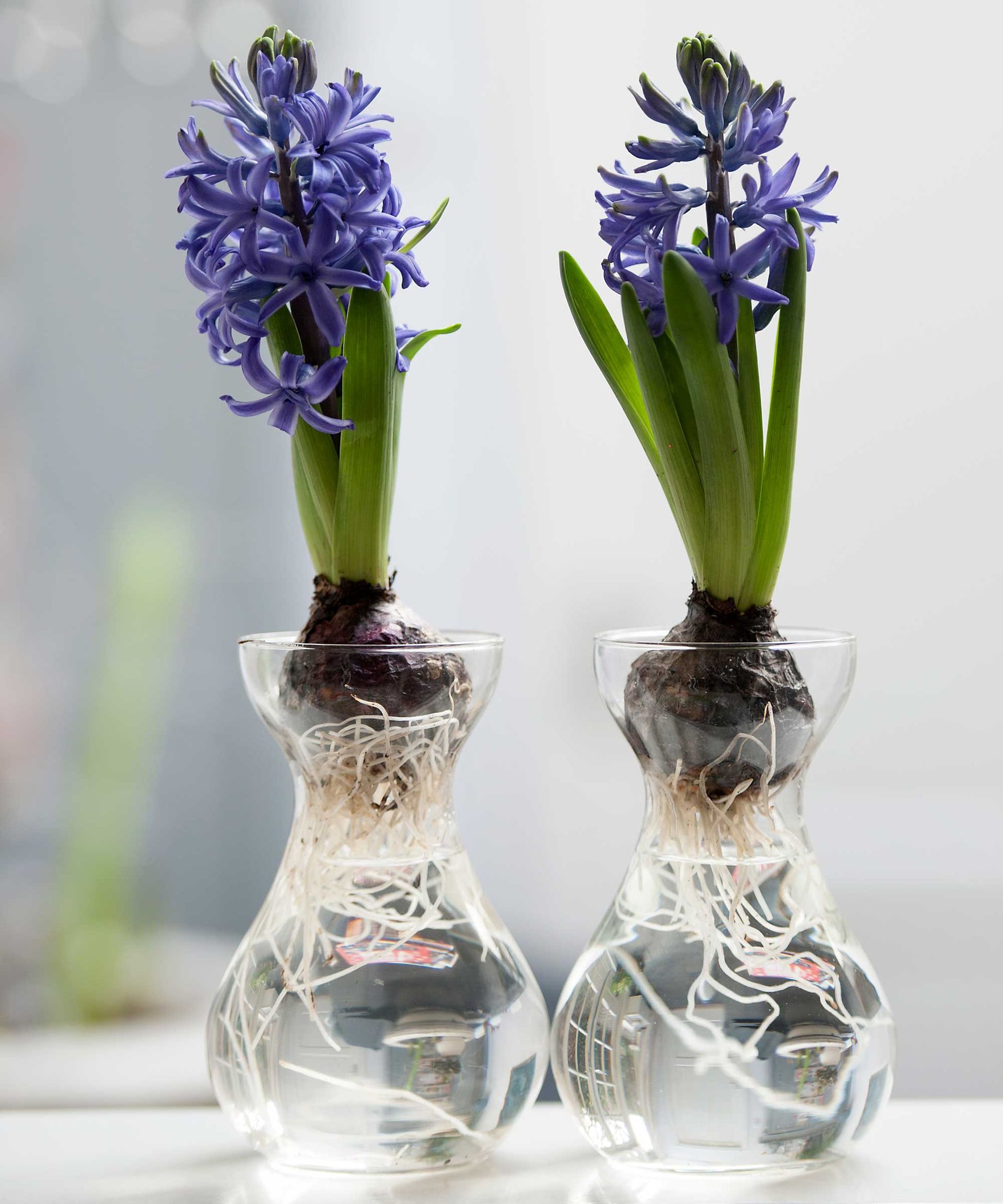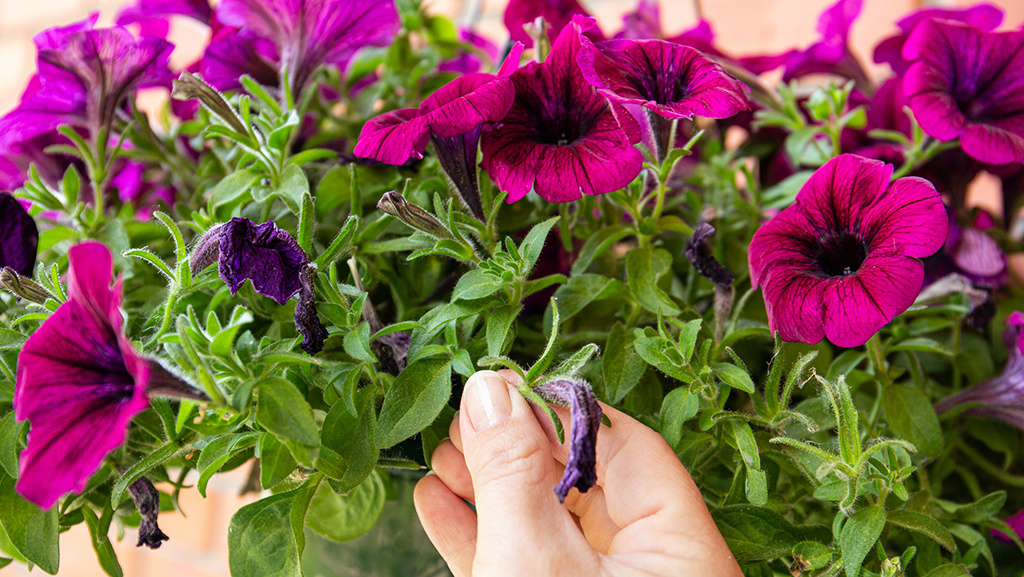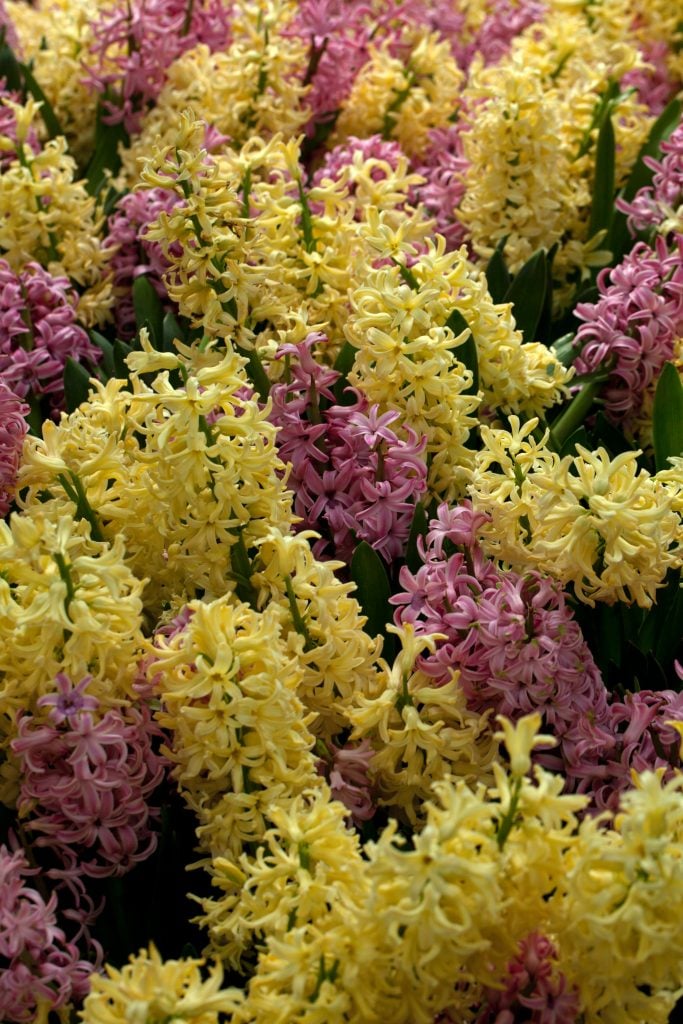Unlocking the Secrets of Hyacinth Plant Care
Hyacinth plants are a popular choice among gardeners and flower enthusiasts due to their vibrant, bell-shaped blooms and intoxicating fragrance. However, these beautiful flowers require specific care to thrive. Learning how to take care of hyacinth plants is essential to promote healthy growth, encourage blooming, and extend their lifespan. With proper care, hyacinth plants can bloom for several weeks, filling the air with their sweet scent and adding a pop of color to any room.
One of the key factors in hyacinth plant care is understanding their unique characteristics. Hyacinths are bulbous plants that typically bloom in the spring, and their flowers can range in color from pale pastel shades to vibrant hues. They prefer well-draining soil and a cool, dry environment during the winter months. By replicating these conditions, gardeners can encourage their hyacinth plants to bloom year after year.
Another crucial aspect of hyacinth care is providing the right amount of light. Hyacinth plants generally require bright, indirect light to photosynthesize and produce energy. However, direct sunlight can cause the flowers to fade and the leaves to become scorched. By placing hyacinth plants near an east- or west-facing window, gardeners can provide the perfect amount of light for optimal growth.
In addition to light, hyacinth plants also require careful watering. Overwatering is a common mistake that can lead to root rot and other problems. To avoid this, gardeners should water their hyacinth plants sparingly, allowing the soil to dry slightly between waterings. This will help prevent waterlogged soil and ensure the roots receive the right amount of moisture.
By understanding the unique needs of hyacinth plants and providing the right environment, gardeners can enjoy their beautiful blooms for years to come. Whether you’re a seasoned gardener or a beginner, learning how to take care of hyacinth plants is a rewarding experience that can bring joy and beauty to your home.
Choosing the Right Environment: Lighting, Temperature, and Humidity
When it comes to how to take care of hyacinth plants, one of the most critical factors is providing the right environment. Hyacinths require specific conditions to thrive, and understanding these needs is essential for optimal growth and blooming. In this section, we’ll explore the ideal lighting, temperature, and humidity requirements for hyacinth plants and provide tips on how to replicate these conditions indoors.
Lighting is a crucial aspect of hyacinth care. These plants prefer bright, indirect light to photosynthesize and produce energy. However, direct sunlight can cause the flowers to fade and the leaves to become scorched. To provide the right amount of light, place hyacinth plants near an east- or west-facing window, where they can receive gentle, indirect light. Avoid placing them in south-facing windows, as the intense sunlight can be detrimental to the plant.
Temperature is another essential factor in hyacinth care. These plants prefer cooler temperatures, between 60°F to 70°F (15°C to 21°C), during the day and slightly cooler temperatures at night. Avoid placing hyacinth plants near heating vents or radiators, as the dry air can cause the plant to become stressed. Instead, place them in a room with a consistent temperature, away from drafts and extreme temperatures.
Humidity is also an important consideration when it comes to hyacinth care. These plants prefer a relatively low humidity environment, around 40% to 50%. To maintain the right humidity level, you can place the pot on a tray filled with water and pebbles or use a humidifier nearby. Avoid misting the plant, as this can cause the leaves to become waterlogged and lead to root rot.
By providing the right environment, including lighting, temperature, and humidity, you can help your hyacinth plant thrive and promote healthy growth and blooming. Remember to monitor the plant’s conditions and adjust as necessary to ensure optimal care.
Watering Wisdom: How to Hydrate Your Hyacinth Plant
Proper watering is essential for the health and well-being of hyacinth plants. Overwatering is a common mistake that can lead to root rot and other problems, while underwatering can cause the plant to become stressed and weak. To learn how to take care of hyacinth plants, it’s crucial to understand the right watering techniques.
The first step in watering your hyacinth plant is to check the soil moisture. Stick your finger into the soil up to the first knuckle, and if the soil feels dry, it’s time to water. If the soil feels damp or wet, wait another day or two before watering again. This simple technique will help you avoid overwatering and ensure your plant receives the right amount of moisture.
When watering your hyacinth plant, make sure to water thoroughly. Water should flow out of the drainage holes in the pot, indicating that the soil is fully saturated. However, avoid getting water on the leaves or crown of the plant, as this can cause rot and other problems. Instead, water at the soil level, allowing the plant to absorb the moisture it needs.
It’s also essential to avoid getting waterlogged soil, which can lead to root rot and other issues. To prevent this, make sure the pot has good drainage holes and use a well-draining potting mix. This will help excess water to drain out of the pot, preventing the soil from becoming waterlogged.
In addition to proper watering techniques, it’s also important to consider the time of year and the plant’s growth cycle. During the active growing season, hyacinth plants require more water than during the dormant season. However, during the winter months, the plant requires less water, as it’s not actively growing.
By following these simple watering tips, you can help your hyacinth plant thrive and promote healthy growth and blooming. Remember to monitor the plant’s conditions and adjust your watering schedule as needed to ensure optimal care.
Fertilizing for Success: Feeding Your Hyacinth Plant
Fertilization is a crucial aspect of hyacinth care, as it provides the necessary nutrients for healthy growth and blooming. To learn how to take care of hyacinth plants, it’s essential to understand the role of fertilization and how to apply it effectively.
Hyacinth plants require a balanced fertilizer that is high in phosphorus, which promotes root development and blooming. A fertilizer with a ratio of 10-20-10 (nitrogen-phosphorus-potassium) is ideal for hyacinth plants. You can also use a fertilizer specifically formulated for bulbs, as these products typically contain the necessary nutrients for healthy growth and blooming.
When to fertilize is also important. Hyacinth plants typically require fertilization during the active growing season, which is from spring to summer. Avoid fertilizing during the dormant season, as this can cause the plant to become stressed and weak.
The frequency of fertilization also depends on the type of fertilizer used. If using a slow-release fertilizer, you can apply it once a month. If using a water-soluble fertilizer, you can apply it every two weeks. Make sure to follow the instructions on the fertilizer package and avoid overfertilizing, as this can cause more harm than good.
In addition to fertilization, it’s also essential to provide your hyacinth plant with other essential nutrients. Hyacinth plants require a slightly acidic to neutral soil pH, ranging from 6.0 to 7.0. You can use a soil test kit to determine the pH level of your soil and adjust it accordingly.
By providing your hyacinth plant with the necessary nutrients, you can promote healthy growth and blooming. Remember to fertilize regularly and adjust the frequency and type of fertilizer according to the plant’s needs.
Potting and Repotting: Giving Your Hyacinth Room to Grow
Potting and repotting are essential steps in hyacinth care, as they provide the plant with the necessary space and nutrients to grow and thrive. To learn how to take care of hyacinth plants, it’s crucial to understand the importance of potting and repotting and how to do it effectively.
Choosing the right potting mix is vital for hyacinth plants. A well-draining potting mix that is rich in organic matter is ideal for hyacinth plants. Avoid using regular garden soil, as it can be too dense and may cause waterlogging. Instead, use a potting mix specifically designed for bulbs or flowering plants.
Selecting a suitable container is also important. Hyacinth plants prefer to be slightly root-bound, so choose a container that is only slightly larger than the bulb. Make sure the container has good drainage holes to prevent waterlogging.
When to repot is also important. Hyacinth plants typically need to be repotted every 2-3 years, as the bulb grows and the potting mix breaks down. Repotting in the spring or summer is best, as this allows the plant to establish itself before the next growing season.
Handling the plant during repotting is also crucial. Gently remove the plant from the container, taking care not to damage the roots or bulb. Trim any dead or damaged roots, and then replant the bulb in the new container, making sure to leave enough space for growth.
By providing your hyacinth plant with the right potting mix, container, and repotting schedule, you can promote healthy growth and blooming. Remember to handle the plant with care during repotting, and avoid over-handling the roots or bulb.
Pruning and Deadheading: Encouraging Repeat Blooms
Pruning and deadheading are essential techniques in hyacinth care, as they promote repeat blooms and maintain plant health. To learn how to take care of hyacinth plants, it’s crucial to understand the importance of pruning and deadheading and how to do it effectively.
Pruning involves cutting back the flower stems after blooming, which encourages the plant to produce new growth and promotes repeat blooms. Cut back the flower stems to about 2-3 inches from the base of the plant, making sure to leave the foliage intact. This will allow the plant to store energy for next year’s bloom.
Deadheading involves removing the spent flowers, which helps to promote new blooms and maintain plant health. Remove the spent flowers as soon as they begin to fade, making sure to leave the stem intact. This will encourage the plant to produce new flowers and promote repeat blooms.
When to prune and deadhead is also important. Prune and deadhead hyacinth plants immediately after blooming, as this will help to promote new growth and repeat blooms. Avoid pruning and deadheading during the dormant season, as this can cause the plant to become stressed and weak.
Tools and techniques are also important when pruning and deadheading hyacinth plants. Use clean and sharp pruning tools to avoid spreading diseases and to make clean cuts. Make sure to disinfect the pruning tools between cuts to prevent the spread of diseases.
By pruning and deadheading hyacinth plants, you can promote repeat blooms and maintain plant health. Remember to prune and deadhead immediately after blooming, and use clean and sharp pruning tools to avoid spreading diseases.
Pest and Disease Management: Protecting Your Hyacinth Plant
Pests and diseases can be a significant threat to hyacinth plants, causing damage and reducing their beauty. To learn how to take care of hyacinth plants, it’s essential to understand the common pests and diseases that can affect them and how to prevent and treat these issues.
Common pests that can affect hyacinth plants include aphids, whiteflies, and spider mites. These pests can cause damage to the leaves and flowers, reducing the plant’s beauty and health. To prevent pest infestations, use organic pest control methods such as neem oil and insecticidal soap.
Diseases that can affect hyacinth plants include root rot, leaf spot, and powdery mildew. These diseases can cause damage to the roots, leaves, and flowers, reducing the plant’s health and beauty. To prevent disease, use good hygiene practices such as disinfecting pruning tools and removing infected leaves and flowers.
Integrated pest management (IPM) is a holistic approach to managing pests and diseases in hyacinth plants. IPM involves using a combination of techniques such as cultural controls, biological controls, and chemical controls to manage pests and diseases. By using IPM, you can reduce the risk of pest and disease infestations and promote healthy growth and blooming in your hyacinth plants.
Organic pest control methods are also effective in managing pests and diseases in hyacinth plants. These methods include using neem oil, insecticidal soap, and diatomaceous earth to control pests. Organic fungicides such as copper-based products and sulfur-based products can also be used to control diseases.
By understanding the common pests and diseases that can affect hyacinth plants and using effective prevention and treatment methods, you can protect your plants and promote healthy growth and blooming.
Post-Bloom Care: What to Do After the Flowers Fade
After the flowers have faded, it’s essential to provide your hyacinth plant with the right care to ensure it remains healthy and prepares for next year’s bloom. To learn how to take care of hyacinth plants, it’s crucial to understand the importance of post-bloom care and how to do it effectively.
Allowing the foliage to die back is a critical step in post-bloom care. This process, called “ripening,” allows the bulb to store energy for next year’s bloom. Avoid cutting back the foliage, as this can weaken the bulb and reduce next year’s bloom.
Storing the bulbs is also essential for post-bloom care. After the foliage has died back, carefully dig up the bulbs and store them in a cool, dry place. Make sure to label the bulbs with the variety name and date, so you can easily identify them next year.
Preparing for next year’s bloom is also important. Before storing the bulbs, make sure to inspect them for any signs of disease or damage. Remove any damaged or diseased bulbs, as these can spread disease to other bulbs.
By providing your hyacinth plant with the right post-bloom care, you can ensure it remains healthy and prepares for next year’s bloom. Remember to allow the foliage to die back, store the bulbs properly, and prepare for next year’s bloom.
With proper care and attention, your hyacinth plant will continue to thrive and provide beautiful blooms for years to come. By following these simple steps, you can enjoy the beauty of hyacinths in your garden or indoor space.


:max_bytes(150000):strip_icc()/growing-and-caring-for-hyacinth-plants-1402248-11-545310a6ee714fafa3924e1d7b7437e9.jpg)





